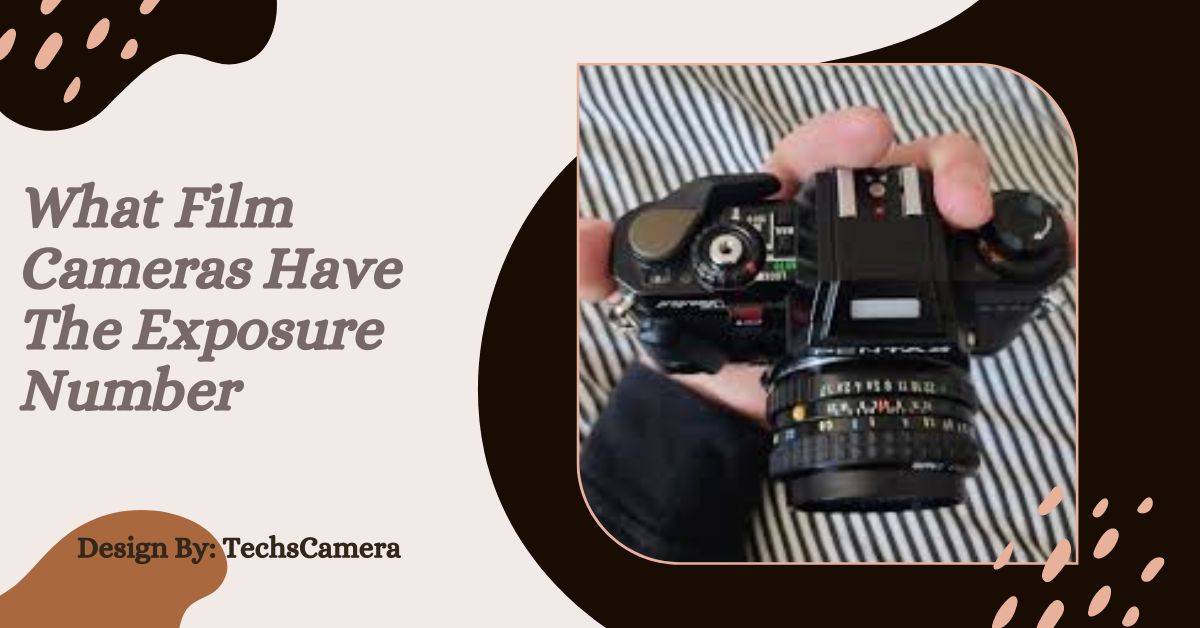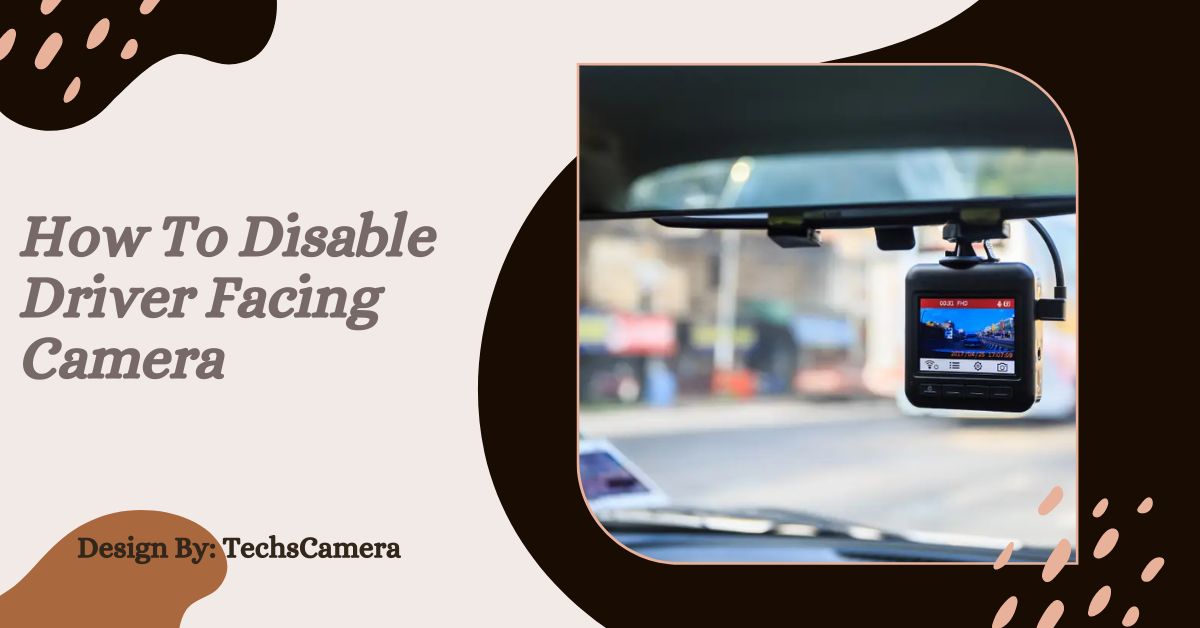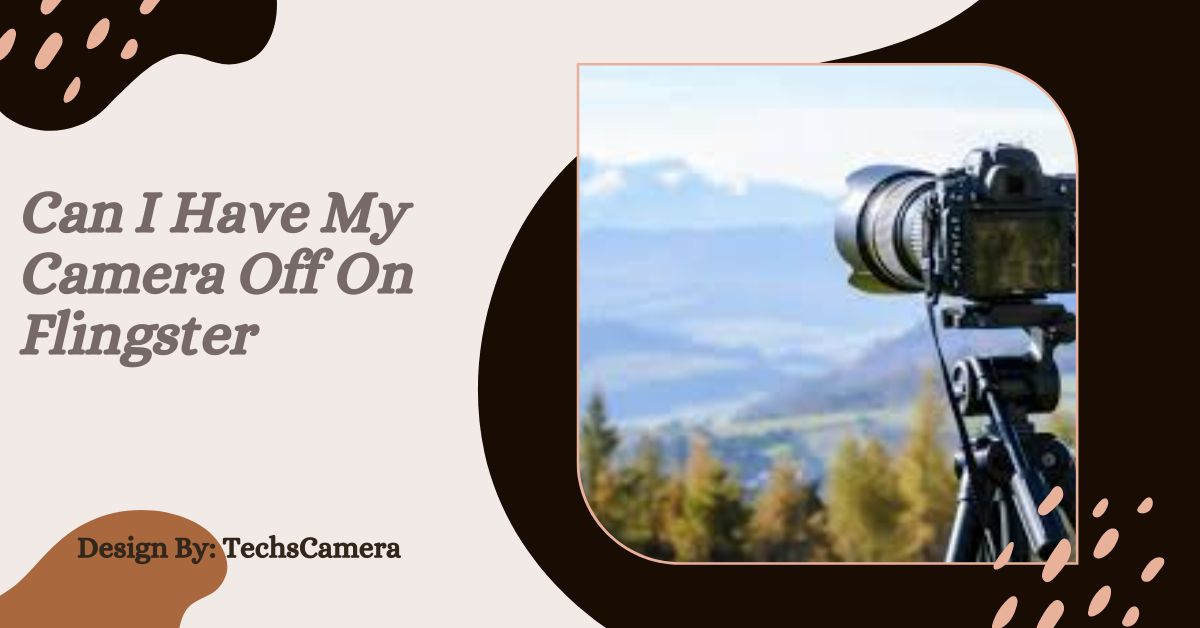The exposure triangle—ISO, aperture, and shutter speed—helps control light in film photography. Understanding these settings ensures proper exposure, and the Sunny 16 Rule provides a simple outdoor lighting guide.
Film photography, despite the rise of digital cameras, remains a beloved art form. One of the most essential aspects of mastering film photography is understanding exposure and how it influences your images. Exposure numbers are integral to film cameras, helping photographers control the amount of light entering the camera.
These numbers tie into the “exposure triangle,” consisting of ISO, aperture, and shutter speed. Let’s dive into the key components of the exposure triangle and how they impact your photography.
Introduction to the Exposure Triangle in Film Photography:
The exposure triangle is the foundation of controlling light in your images. It consists of three elements—ISO, aperture, and shutter speed—that determine the overall exposure of a photograph. Getting a balanced exposure is all about finding the right interplay between these three settings. Mastering the exposure triangle will help you take beautifully exposed photos consistently.
Understanding ISO in Film Photography:
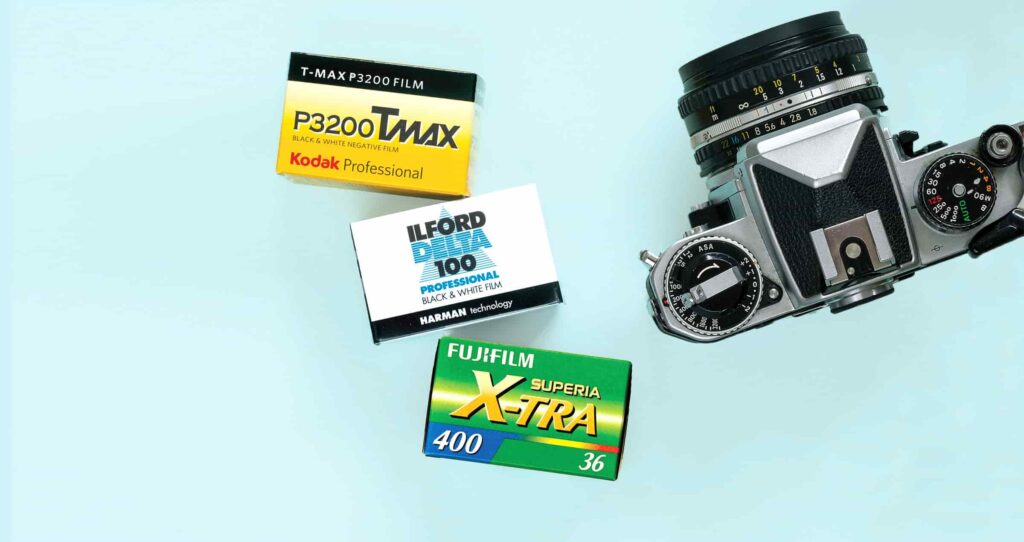
ISO in film photography refers to the film’s sensitivity to light. In the days of film, different rolls of film came with fixed ISO ratings, usually ranging from 100 (low sensitivity) to 3200 (high sensitivity).
Lower ISO numbers are ideal for bright conditions, as they produce less grain in your images, while higher ISO numbers are better for low-light conditions but introduce more grain.
When you choose a film with a particular ISO number, you commit to that level of sensitivity throughout the roll. This is a crucial decision, as it limits your flexibility during a shoot.
The Role of Aperture in Capturing Images:
Aperture refers to the size of the lens opening that allows light to hit the film. This setting is represented in f-stops, like f/1.4, f/2.8, and so on. The lower the f-stop number, the wider the lens opening and the more light it allows. This directly affects depth of field, with wider apertures creating a shallow depth of field and narrow apertures producing greater depth of field.
Aperture settings are crucial in both technical and creative aspects of photography. For portraits, you might want a wide aperture (f/1.8) to blur the background, while for landscapes, a narrower aperture (f/16) ensures everything remains in focus.
Also Read: Iphone Best Camera App Alternative – A Complete Guide!
Quick Digression: The Maths of F-Stops
F-stops are not arbitrary numbers—they follow a mathematical sequence. Each full stop doubles or halves the amount of light hitting the film. For example, moving from f/2.8 to f/4 halves the light, and going from f/4 to f/2.8 doubles it. Understanding this relationship helps you quickly make adjustments based on your lighting conditions.
Shutter Speed and Its Impact on Your Photography:
Shutter speed is how long your camera’s shutter remains open, allowing light to hit the film. Measured in seconds or fractions of a second, common shutter speeds range from 1/1000 (very fast) to 1 second (slow).
Faster shutter speeds are excellent for freezing action, such as in sports or wildlife photography, while slower shutter speeds are used to capture motion blur or shoot in low light. When working with film, your choice of shutter speed directly impacts the exposure of your shot and should be balanced with your aperture and ISO settings.
The Interplay of ISO, Aperture, and Shutter Speed:
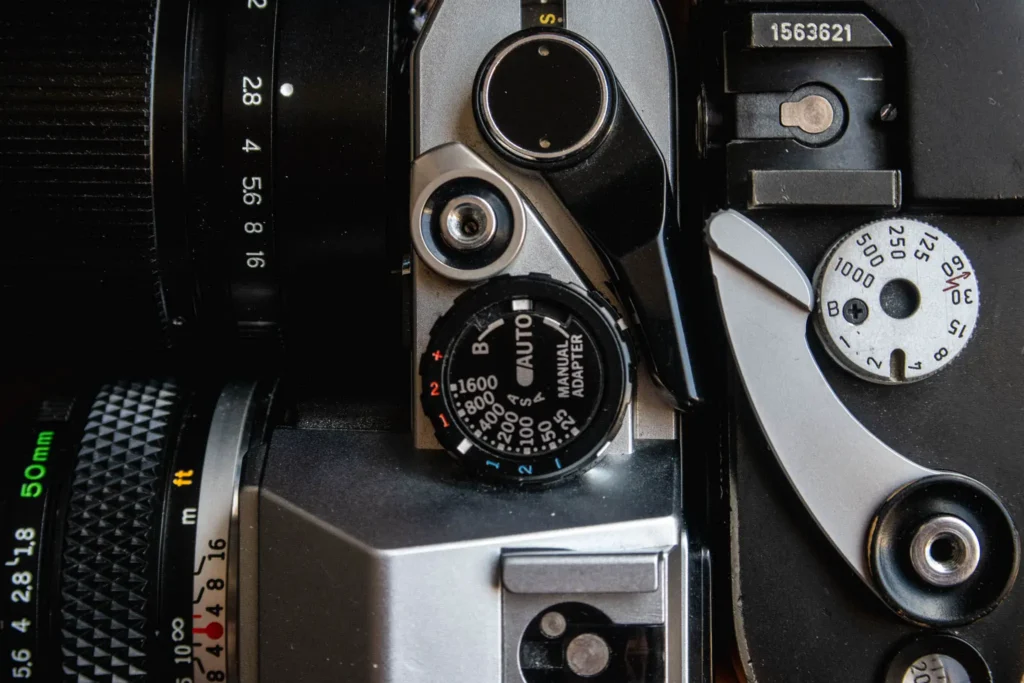
ISO, aperture, and shutter speed all work together to form the exposure triangle. Changing one setting impacts the others, so achieving a perfect exposure is about finding the right balance.
For instance, if you choose a higher ISO film, you might be able to use a faster shutter speed or a narrower aperture to prevent overexposure. If you’re using a low ISO film in bright conditions, you can open up the aperture or slow down the shutter speed for more creative control.
Understanding how these three elements interact will allow you to master exposure, ensuring that you capture images exactly as you envision them.
The Sunny 16 Rule: A Classic Guide to Quick Exposure Maths
For film photographers without the luxury of digital preview screens, the “Sunny 16 Rule” has long been a go-to guide for estimating exposure in bright sunlight. According to the rule, if you’re shooting outdoors on a sunny day, set your aperture to f/16 and your shutter speed to match the ISO of your film.
For instance, if you’re using ISO 100 film, your shutter speed should be 1/100 of a second. This simple guideline is a lifesaver when you’re shooting without a light meter.
The Sunny 16 Rule also allows for adjustments based on light conditions. If it’s slightly overcast, open up the aperture to f/11. On a cloudy day, switch to f/8, and if you’re shooting in the shade, f/5.6 will work well.
FAQ’s:
1. What is the exposure triangle in film photography?
The exposure triangle refers to ISO, aperture, and shutter speed. These three elements work together to control the amount of light in your photo, ensuring proper exposure.
2. How does ISO affect film photography?
ISO determines film’s sensitivity to light. Lower ISO works best in bright conditions, while higher ISO is ideal for low-light scenarios, though it introduces grain.
3. What is the role of aperture in film photography?
Aperture controls the size of the lens opening. A wider aperture (low f-stop) allows more light and creates shallow depth of field, while a narrow aperture gives greater focus.
4. How does shutter speed influence photography?
Shutter speed controls how long the camera’s shutter remains open. Faster speeds freeze motion, while slower speeds capture motion blur or work better in low light.
5. What is the Sunny 16 Rule?
The Sunny 16 Rule suggests using an aperture of f/16 and matching your shutter speed to your ISO when shooting in bright sunlight without a light meter.
Conclusion:
Mastering the exposure triangle—ISO, aperture, and shutter speed—ensures that you capture beautifully balanced photos in film photography. Understanding how these three elements interact allows you to control light and achieve the desired artistic effect. Additionally, the Sunny 16 Rule offers a handy guide for quick exposure adjustments, making it a valuable tool for film photographers shooting in outdoor conditions. Practice and experience will ultimately enhance your skills in achieving the perfect exposure.
